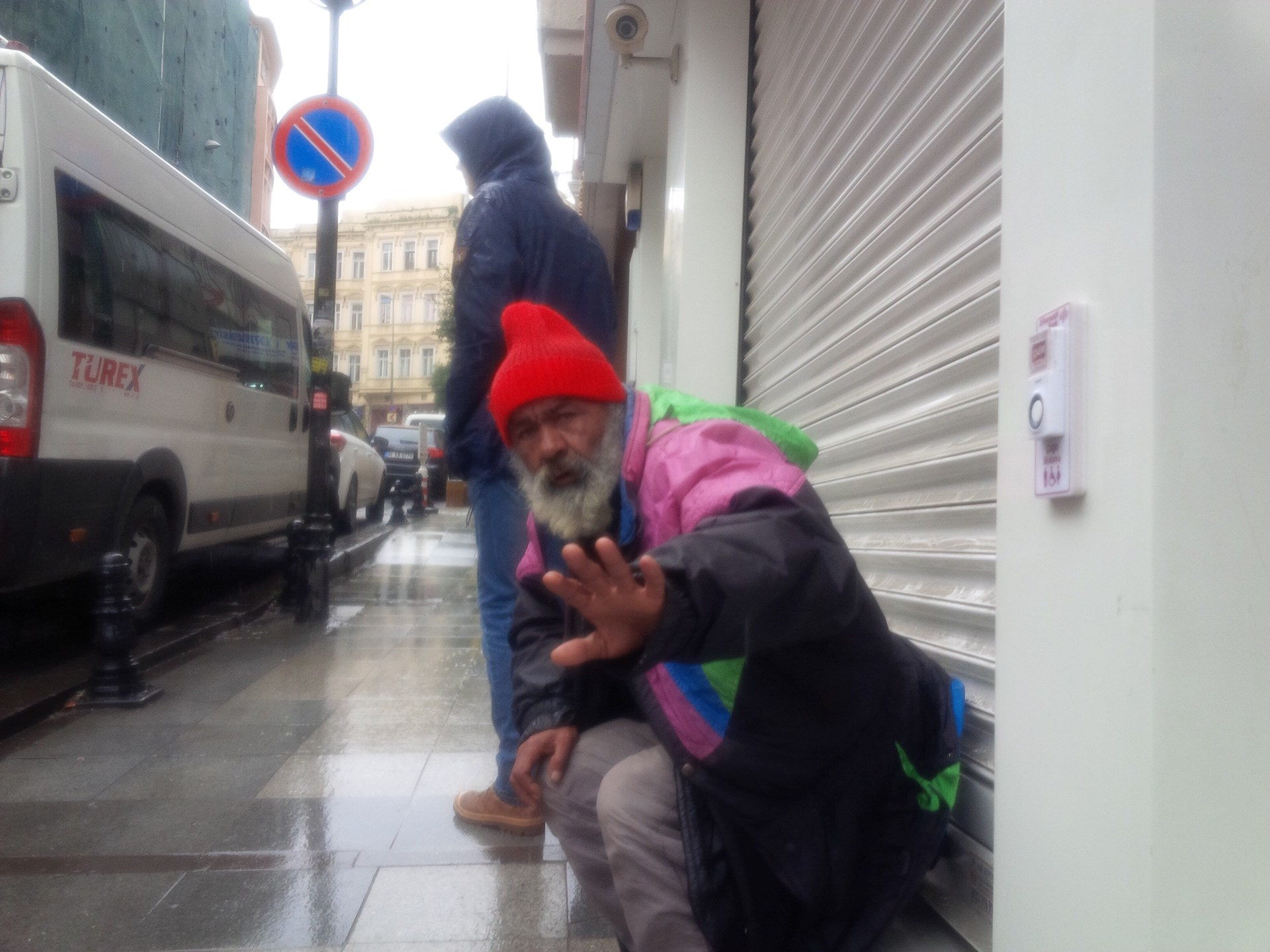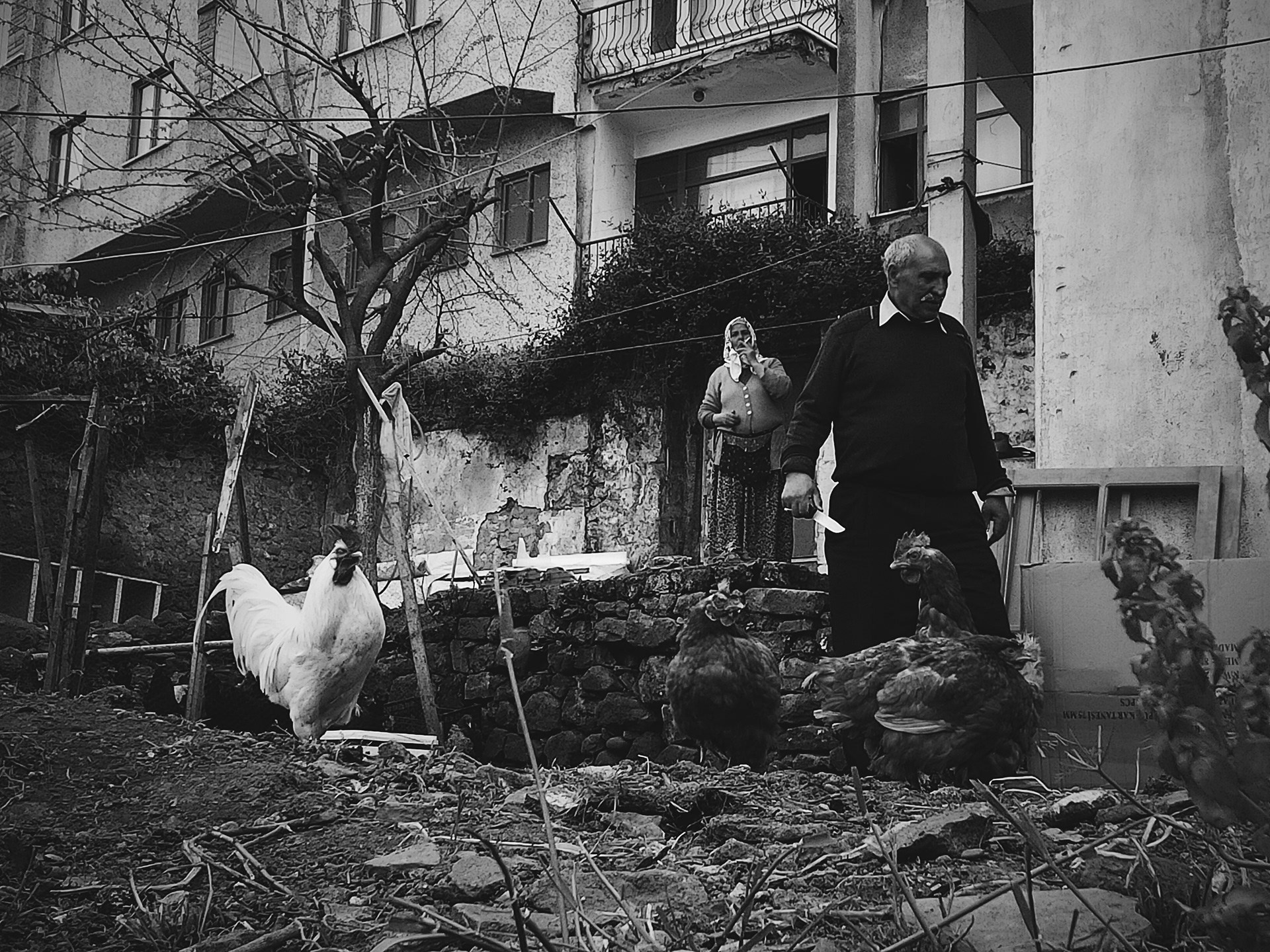
Ethics. Exaltation. Ego.
Reflections on photography
Author: Roman Kosh
Which arrow flies for ever?
The arrow that has
hit its marks.
– V. Nabokov
It is reasonable to admit that there is no
universal answer to the question of ethics in the sphere of photography, and so
I suggest that each practitioner should form their own code of ethics. I will
try to summarize some thoughts on this subject, and I am inviting everyone to
use these ideas as a source for their reflections.
The term “Ethics” refers to antiquity and is more often applied to Western culture, but I would like to consider it, as far as possible, through the prism of Vedic knowledge.
I should also clarify at once that, in the context of this text, by “photography, ” I conventionally mean its purest form. In the most general terms, I am talking about situations where photography is used not for taking pictures of what can be seen practically at any time at a particular location and not for creating modern abstractions using a camera, not as decorative applied art, not for fixing still life, not for the pre-planned shooting of posing models, etc., but rather for what in the modern world is commonly called “street photography, ” i.e., reportage in the broad sense, when the contemplator is a witness of events that take place on their own. In this case, the main object is the event, which, by the will of fate, the camera enters, and not the camera in front of which the creator tries to form an event (hang the background, put the light on, pose the model, beautifully arrange the objects, or on purpose go to the place where they can get the expected visual result or realize their conceptual ideas, etc.). I have nothing against it. The point is that this kind of photography is not very close to me personally. Also, it is hard not to agree that in planned nude photography, for example, the question of ethics does not arise practically in any way because usually everything happens by mutual consent on mutually beneficial terms with absolutely specific intentions. It is clear that on the ontological level, everything captured with the help of a camera — a bus timetable or an exceptional unique moment in life — can be called photography in general, but, speaking of the more genuine essence of photography and its higher application, there is a gradation that is directed upwards — as in life, from coarse to subtle.
The formula is that just as the Holy Name is non-different from the Lord (Ishvara), a scene from life that has been touched by the Divine to such an extent that it has become physically visible and captured through the photographic process will continue to emanate the corresponding energy through the resulting artifact (photo/video). And, therefore, since the Divine permeates everything, absolutely any photo can carry this charge to varying degrees. However, there is a question of intensity.
To determine the maximum value of a photo, I use the concept of Exaltation (Uchcha, Sanskrit उच्च) borrowed from Vedic Astrology (Jyotisha). It makes little sense to dive deeply into Jyotisha in the context of this topic, as Vedic culture is a vast subject, and Jyotisha, as a part of it, is also immense, so I would better try to explain in general terms how exactly I apply this concept in photography. In the coordinate system I use, the “Period of Exaltation” is a time corridor, when, in a specific space under specific circumstances, a glow of the Divine suddenly touches a physically visible scene from life. A depiction of this scene (in motion — video, a stop-frame of it — photo) made during this period with high probability can have peak indicators of energy and, most importantly, spiritual content.
So, in many places around the world, street photography is legal and allowed by society. However, as far as I know, it is illegal in some countries. There are cases when, even in a conditionally free country, taking photos without permission is completely forbidden in some spaces, and in some cases, it is only partially allowed. In any case, the legitimacy or illegitimacy of something is not a clear indicator to determine whether something is ethical or not, and so the legal nuances should be taken off the table, also because the last thing I want to do is dive into them. When taking photos on the street, I face a key ethical dilemma: can I photograph this person? Of course, I could ask permission, but then I would lose the possibility of getting a photograph of serious value.
The “Period of Exaltation” is usually extremely fleeting, which is not surprising at all, but if, being inside it, one makes a shot exactly when Time, as if forgetting about its linearity, suddenly comes into maximum contact with Eternity — the point which is called the “Point of Exaltation”, — then, with the favor of the Highest Deity, hitting the target is a natural result.
It is important to emphasize that the will of the Highest Deity is the root cause of the convergence of time, place, and circumstance in the life of the contemplator. It is a kind of predetermination of his life, a kind of permission to touch the transcendent experience, or at least an experience close to such. It is usually a consequence of karmic merit (Sukriti). And now the corridor of his freedom within this predetermination is how he will act. Will he take out a camera and start taking photographs, i.e., will he try, like a hunter, to materialize this experience to some extent, or will this reflection be captured only on his eye retina, stored in the form of an impression (Samskara), and the opportunity to share it with someone (for money/for free — is another question) will be missed, which, by the way, has its advantages and is perhaps even more tempting than a material trophy? Or maybe only while reviewing the resulting material will he realize that something invisible has appeared in his life when an unexpectedly powerful, outstanding depiction serves as proof of it?
In any case, I use the concept of Exaltation to solve my problems, and it has nothing to do with the decisive/non-decisive moment, except, perhaps, some indirect features. And I am certainly not encouraging anyone to be guided by it, only emphasizing the fact of loss of meaning for me personally in such photographs of resolving/approving/posing people. In my opinion, any shooter would prefer to remain unnoticed, at least at the moment of preparation and shooting. After the photo is taken, it doesn’t make much difference whether you are noticed or not, but to avoid misunderstandings or even conflicts, it is preferable to “stay in the shadows” at all stages.
To make it clear, I repeat that I am not judging those who ask for permission, though this kind of “interactive” photography is not something I would like to do myself.
So, facing a subject I am interested in, I have to weigh the consequences of my actions. The big question is: Would I mind if someone photographed me in similar circumstances? And since I consider this “deed means consequences” (Karma) question to be the main one, other questions I consider to be secondary: Will I make this person stressed by taking his picture? Will it hurt him if I post his picture on a public website? And finally, will there be any benefit to society if I publish this picture? Does the image have any social value?
I assume that most independent street photographers do not ask themselves these questions and simply photograph people with little or no thought to what they might be experiencing. Rather, such photographers are simply focused on getting an image that has some emotional content or narrative interest at all costs.
For example, homeless people are a common sight on the streets of cities, and we often find them in street photographers' images. They are especially dramatic looking, with glamorous advertising posters depicting girls in lingerie or luxury goods in the background (in my opinion, images within images are not worthy either, but again, dear reader, this only applies to my way of thinking, and no one is going to stop you from taking a photo of a person against a photo that shows a person against a poster that shows a drawing, and so on). I do not claim that homeless people should be ignored, but the fact is that most of the time they are not photographed with good intentions but simply because they are “low-hanging fruit, ” — like drunk people who are often easy targets of street cringe hunters. Yes, such photos can contain some drama or even humor, but do such images preserve the dignity of the individual? Of course, one can say that these people have brought themselves to such a life and now are lying in a puddle of vomit (the kissing couple nearby adds a special romantic piquancy to this plot), but what right do I have to exploit them? Maybe it would be much better if the image had some artistic merit, or at least made some important, unhackneyed statements about homelessness or alcoholism.
Thus, for people who care more about the “invisible” in life in general and in photography in particular, or who are at least not alien to aesthetics with its basic categories, I would recommend refraining from creating such images at all or learning how to elegantly hide people’s faces by choosing a suitable shooting point, which is a kind of win-win for those who can’t think of photography without such subjects: the photo can be taken and the dignity of these unfortunate people can be preserved, or at least do not suffer from such actions. The point of the conclusions is not in morals, morality, chivalry, dandyism, aristocratism, or the fact that one should show nobility by trying not to humiliate a fellow human by exposing them as an object illustrating difficulties and ignorance, but (attention!) in not creating images of something too visible.
If, however, you are driven by the Kshatriya drive and think of your camera as a samurai sword, and the image promises to be good enough, being of sufficient artistic value and/or benefit to the viewer, carrying a truthful, unbiased view of some event, then take it and publish it no matter what, even if the subject is in a humiliating situation, even if it may embarrass the person to some extent or even harm them. Do it only when you feel you cannot leave it, when it does only a little harm, and when the result brings much more benefit for the common good. The personal benefit will probably remain a personal benefit to you, but in any case, the less selfish your intentions are, the better. You may even get to the point where honoraria lose their great importance.
The point is that with the intervention of Higher Forces, the process and the result are elevated, and vice versa, the more a person with his false ego is involved in the process, the more mediocre in spiritual and energetic content the artifact is.
In any case, as in other areas of life, photographers should try to weigh the pros and cons and act accordingly. It is foolish to neglect the knowledge that everything will sooner or later have to be paid for, although I believe that in the vast majority of cases, the price for street photography is insignificant. An ordinary person doing ordinary things has nothing to lose by being photographed. Of course, there is an issue of privacy, but it is very hard to believe that anyone has a right to have it when it comes to appearing in public places.
